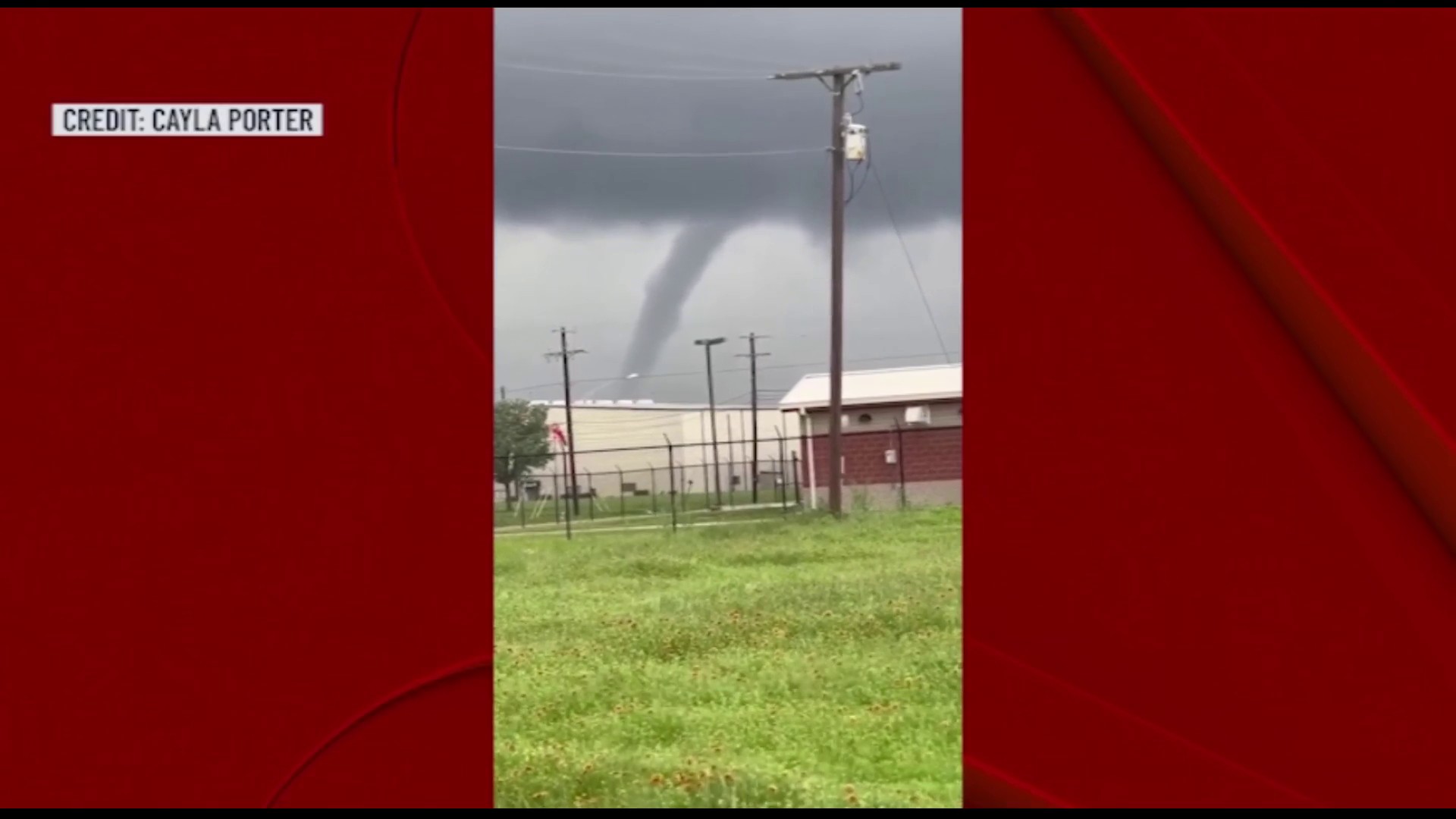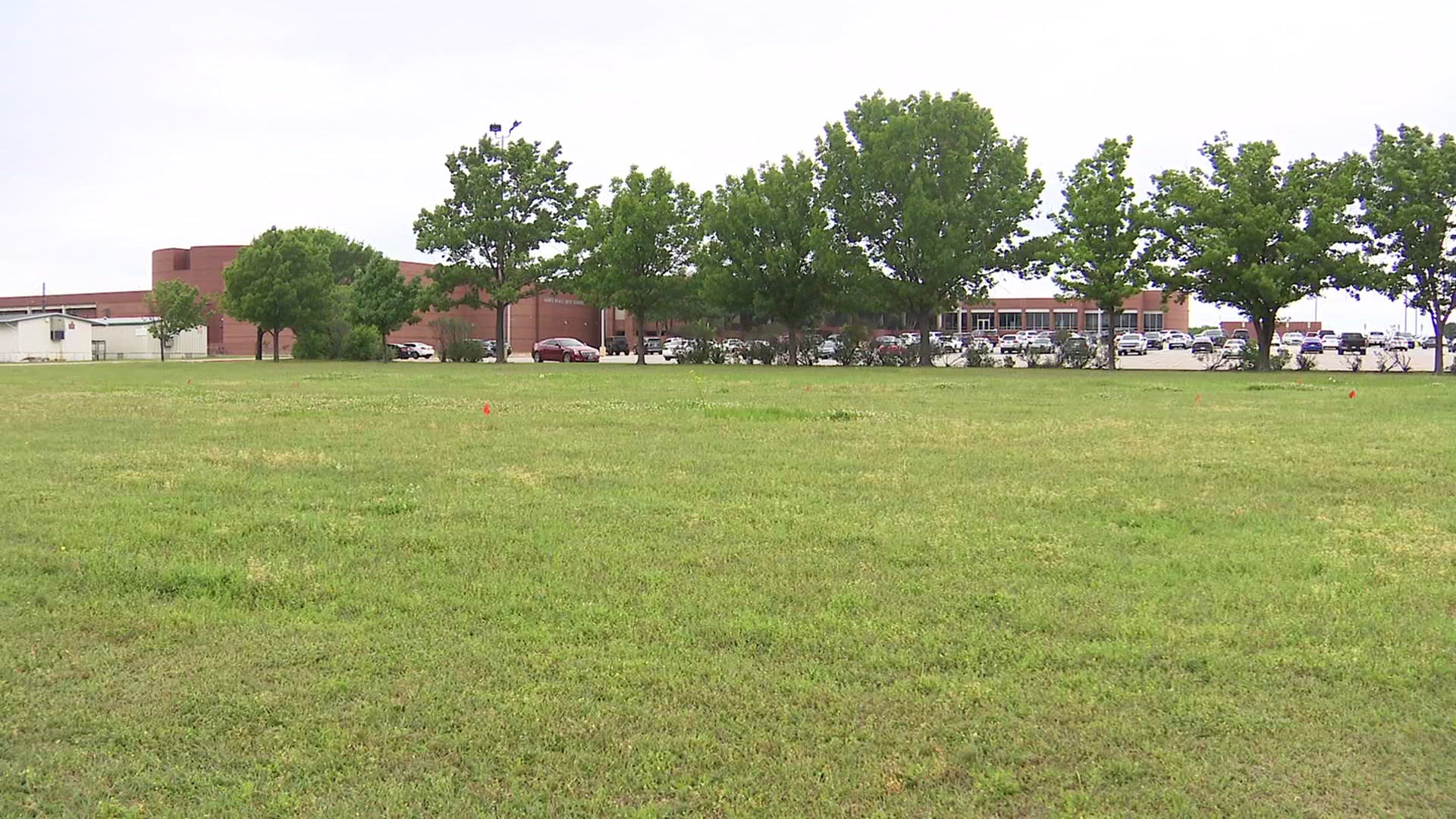Over the last several weeks there have been several high profiled police chases across Dallas-Fort Worth as drivers tried to escape from officers.
Earlier this month in a chase that crossed over several cities, two men were arrested after not only switching cars mid pursuit, but with a baby in tow and then running into a pre-school.
Last Thursday, a driver and passenger switched cars, leaving a dog behind, during an erratic wrong-way chase in Dallas County
Earlier this week in Fort Worth, two teens were killed in a rollover crash after a road rage shooting that led to a police chase.
Get DFW local news, weather forecasts and entertainment stories to your inbox. Sign up for NBC DFW newsletters.
"First and foremost, on behalf of the Institute for Law Enforcement Administration. I want to express my deepest condolences to Brandon Tsai's family and to his extended family at the Grand Prairie Police Department," said Matt Clem, deputy director for The Institute for Law Enforcement Administration.
Clem, who is a retired North Texas police captain, said when it comes to police chases, the policy of many departments helps guide officers through a situation.
Local
The latest news from around North Texas.
"Officers go through a two-factor process of weighing the need for public safety and the need for justice," said Clem. "What I will say is that most policies do a great job of addressing both of those needs, while also understanding that they have to allow officers time to address and learn what the situation is."
He said traffic stops can be one of the most dangerous tasks for an officer since they don't know who is inside the vehicle.
"First of all, officers do not initiate pursuits, violators initiate purists and I think what most people fail to understand is that when weighing those benefits or those risk factors and the decision on those traffic stops is that Timothy McVeigh was stopped on a traffic stop, he was apprehended following the atrocious bombing in Oklahoma City on a traffic stop," explained Clem.
He also worked with North Richland Hills Police Captain Jeff Garner who was shot by a bank robbery suspect during a traffic stop almost 20 years ago.
"What that officer didn't know at the time, is that who he was stopping was a serial bank robber and so that's the problem with fictitious license plates is that they're used to conceal identities, and they're used to conceal a variety of different crimes," said Clem. "They think they're being pulled over because we know they just robbed a bank, which wasn't the case, they're being pulled over for the fictitious license plate."
Clem added that most officers understand that there are instances where it doesn't make sense to continue a pursuit, based on the type of offense, the area, weather and other factors.
In terms of policies, they vary from department to department, according to Alex Del Carmen, Ph.D., Associate Dean at the School of Criminology at Tarleton State University in Fort Worth.
"Most police departments understand anytime a police officer engages in a pursuit, it is a dangerous situation not only for the officer, but also for innocent bystanders that are on the way of that pursuit, as well as even for the individual being sought after," said Del Carmen. "And so what most of the agencies do across the United States is they simply make it an exception to pursue a criminal meaning only really, really bad guys are oftentimes the source of a pursuit when somebody is a felon. When somebody poses a threat to society, and that threat is imminent, police officers will engage in that pursuit. But once again, this changes from jurisdiction to jurisdiction."
He said over the last 10 years, law enforcement has learned to limit the speed at which officers pursue someone, and be aware of the location where it's happening.
"There's some standards that are put in place in order to ensure that the officer uses discretion, but that that discretion is within a certain parameter, right, because we know as we saw, unfortunately, with the police officer who died in Grand Prairie is that anytime an officer engages in any type of pursuit, it can end up in a tragic accident. It's a reminder to us all of the incredible sacrifices that police officers make for the rest of us," said Del Carmen.
He said in most cases, pursuits don't end with tragedy. They can also help police identify other crimes in the process.
"They see someone that is a threat to society that could potentially go out there and kill somebody or kidnap someone. Sometimes, you know, police officers in their pursuits end up catching the bad guy, and they ended up finding somebody in the trunk of the car that's been kidnapped. I mean, or contraband that is being seized from a burglary. So you know, the stories don't always end up tragically as a result of that, but I think there's a general sense across the United States in the context of best practices, that pursuits are to be conducted and performed," said Del Carmen.
He added that many departments follow the standard of only continuing pursuit in their own jurisdiction, so if a suspect crosses the line, they'll be in touch with another agency.
"There are exceptions to that rule. You'll see that those entities that have state jurisdiction like troopers, for instance, they wouldn't have that geographic limitation, right? But there are all sorts of rules in pursuits and there are all sorts of guidelines and there has been in the past 5 to 10 years an evolution of how those pursuits are performed, given the safety of the officer components as well as that of innocent bystanders, said Del Carmen.
The suspect in the Grand Prairie case remains at large and officers continue to search for that person.



